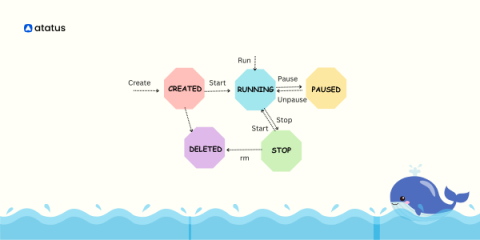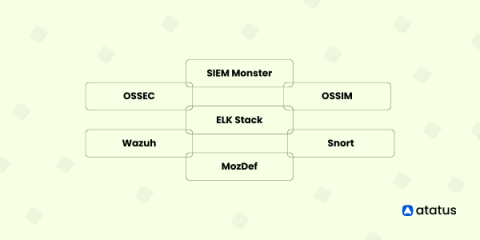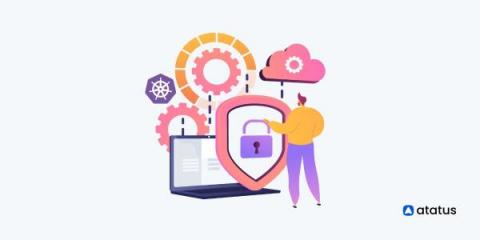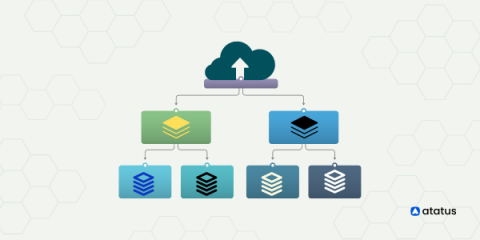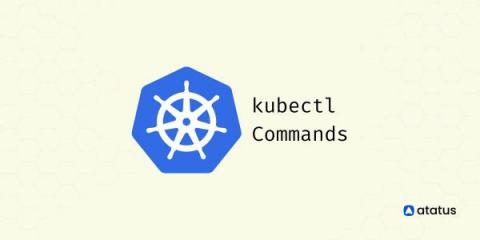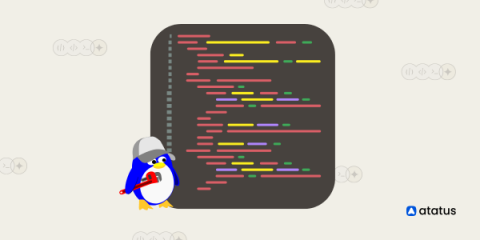Docker Container Lifecycle Management
Managing an application's dependencies and tech stack across numerous cloud and development environments is a regular difficulty for DevOps teams. Regardless of the underlying platform it uses, it must maintain the application's stability and functionality as part of its regular duties. However, one possible solution to this problem is to create an OS image that already contains the required libraries and configurations needed to run the application.


